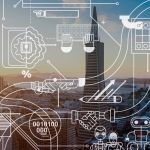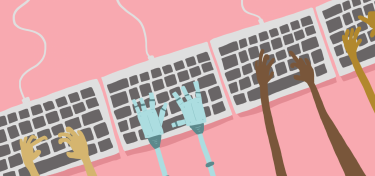Once a computer scientist’s pipe dream, artificial intelligence and machine learning are now part of our daily lives in the form of voice recognition systems, product recommendation platforms and navigation tools. All of these rely on computer algorithms that process information and solve problems in a way similar to – and sometimes superior to – the human mind.
Yet artificial intelligence is doing more than just recommending new restaurants and the best routes to them. It is also changing the way scientists across diverse disciplines are studying the world. Aided by the close proximity of medical researchers, computer scientists, psychologists and more, Stanford researchers are deploying artificial intelligence to map poverty in Africa, find safer alternatives to conventional rechargeable batteries and perhaps even understand our own minds.








































































































